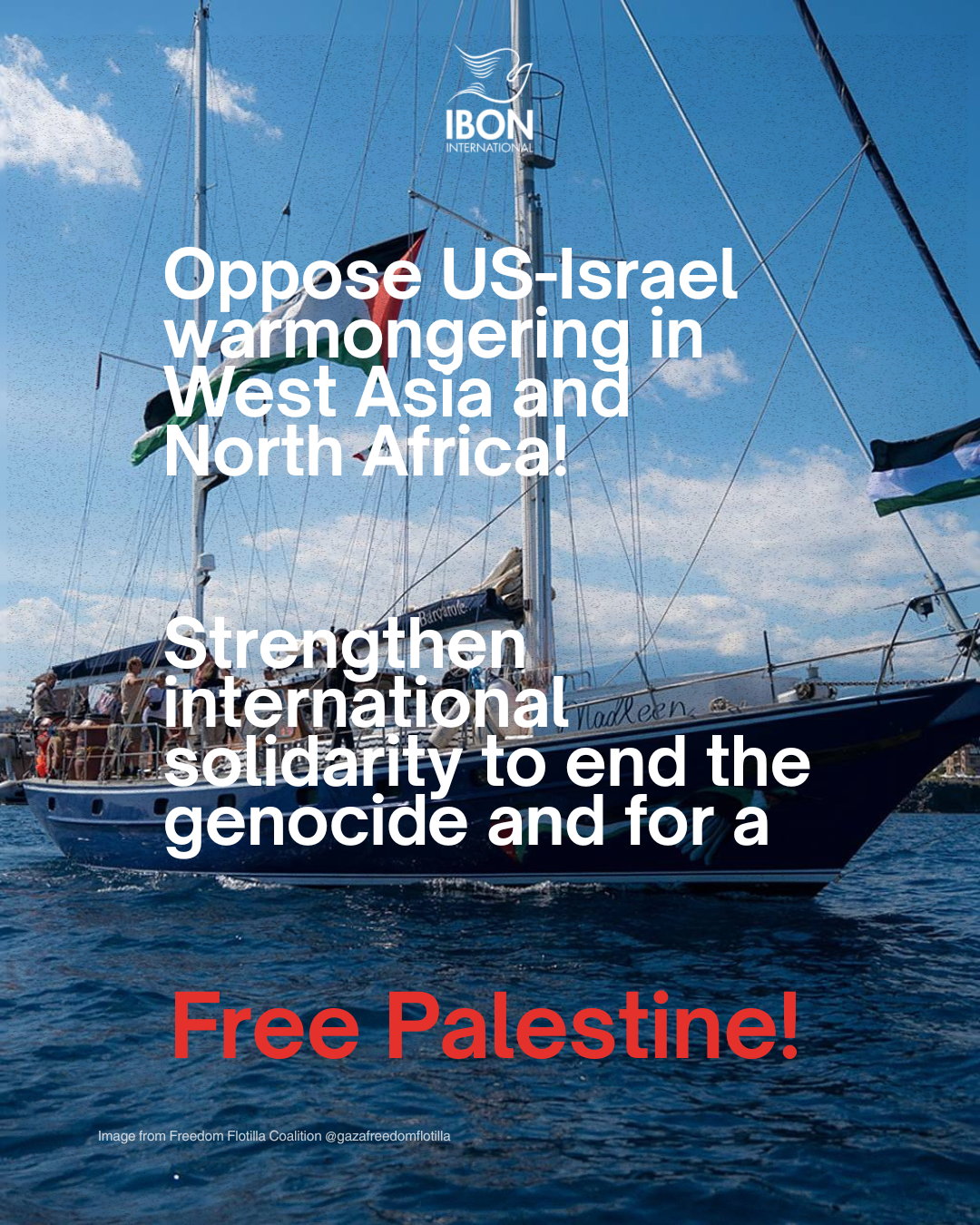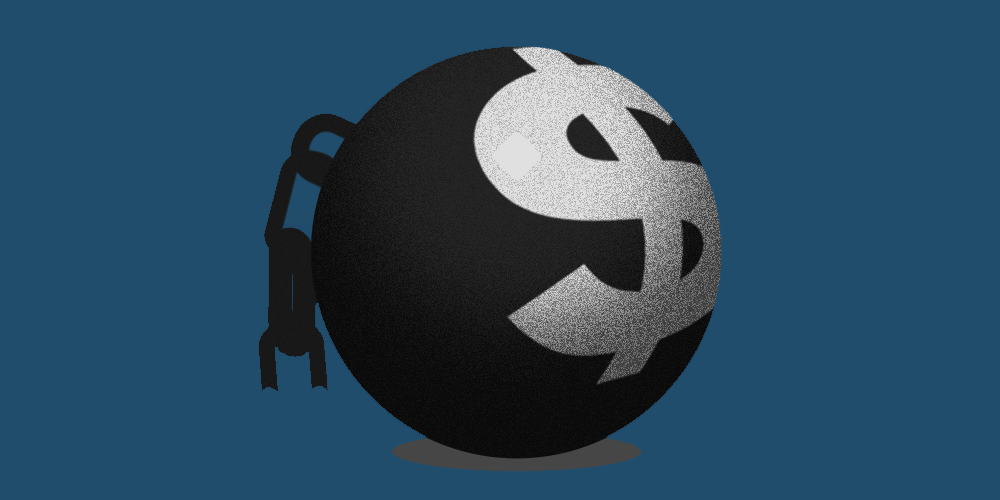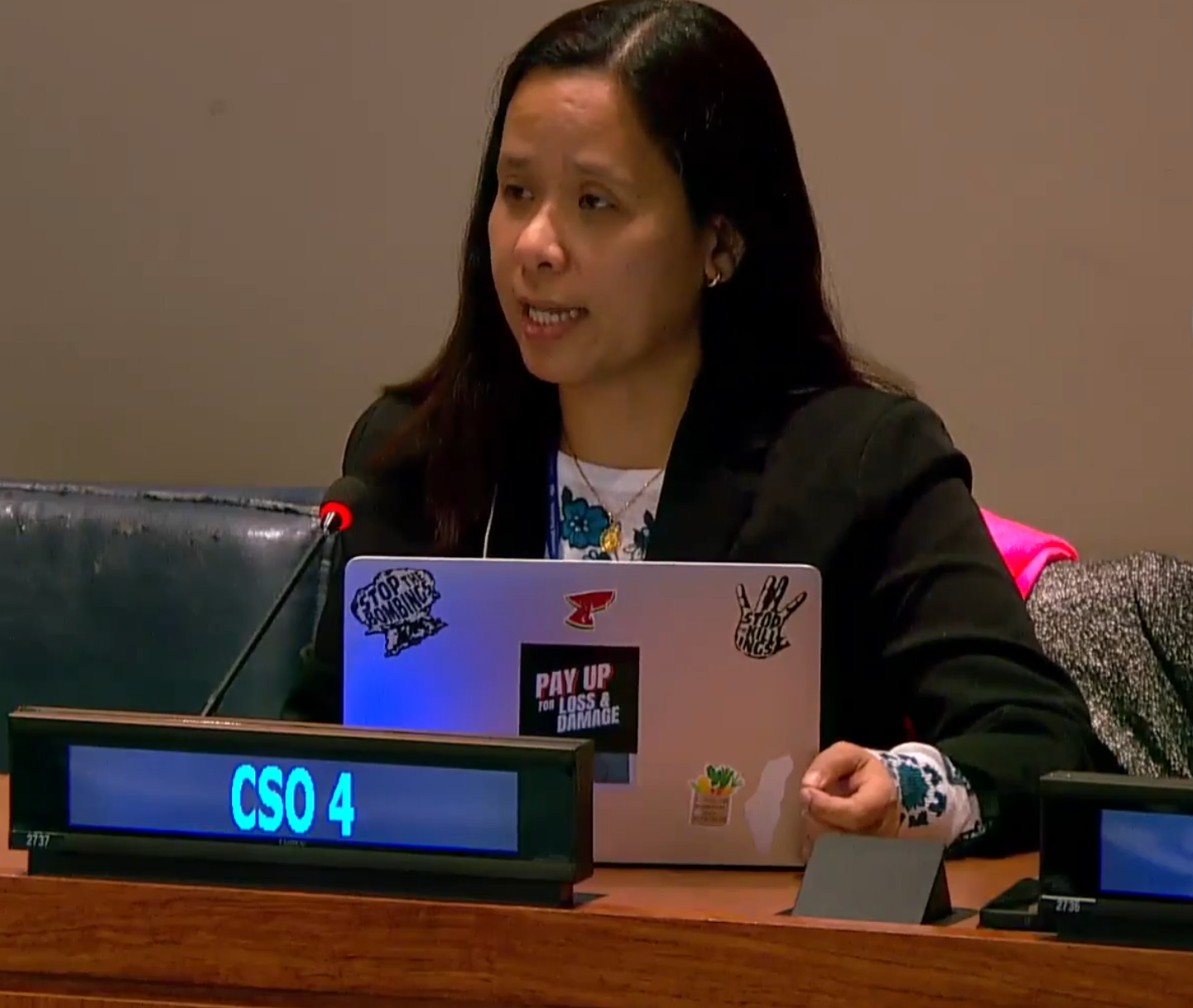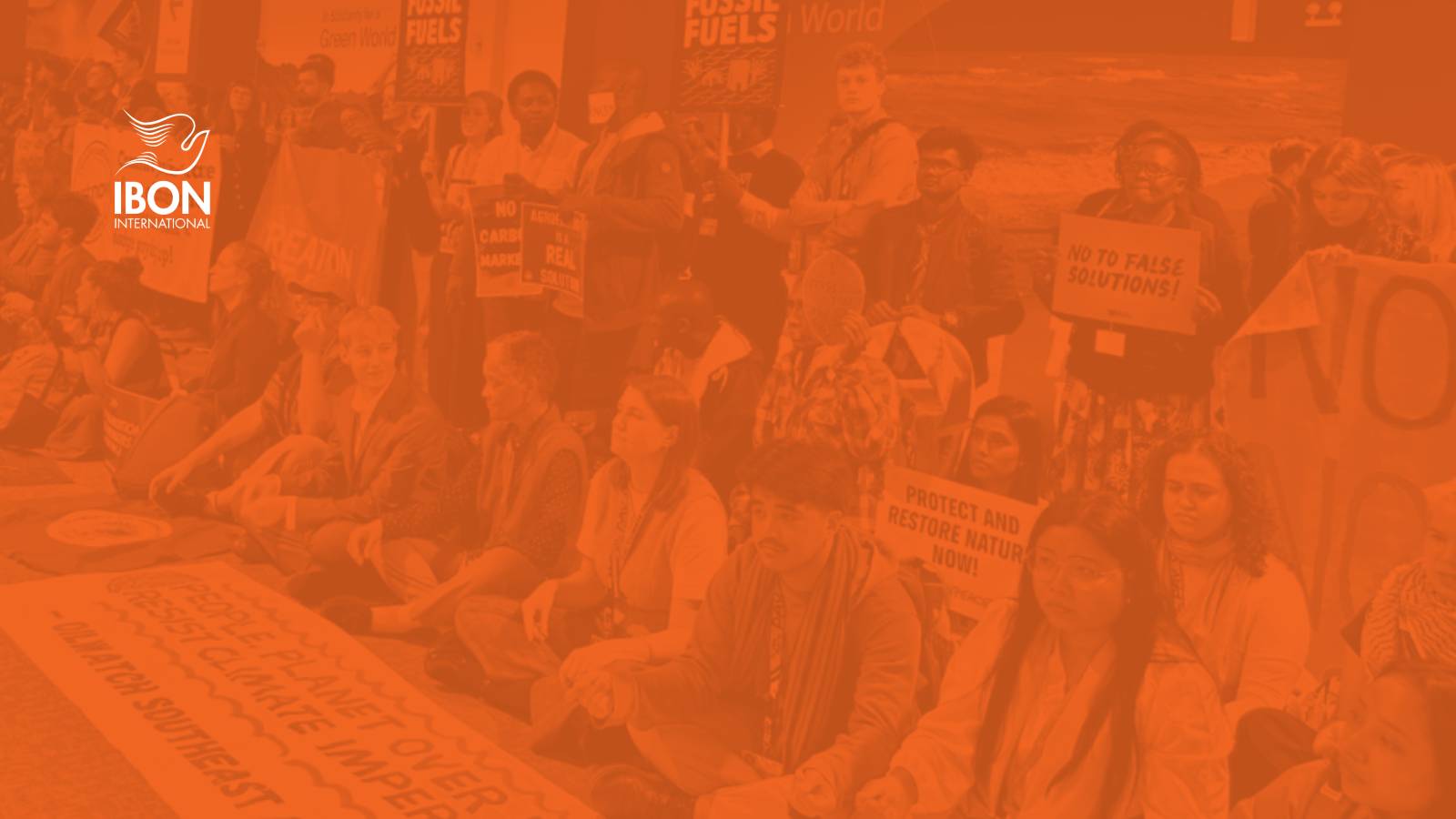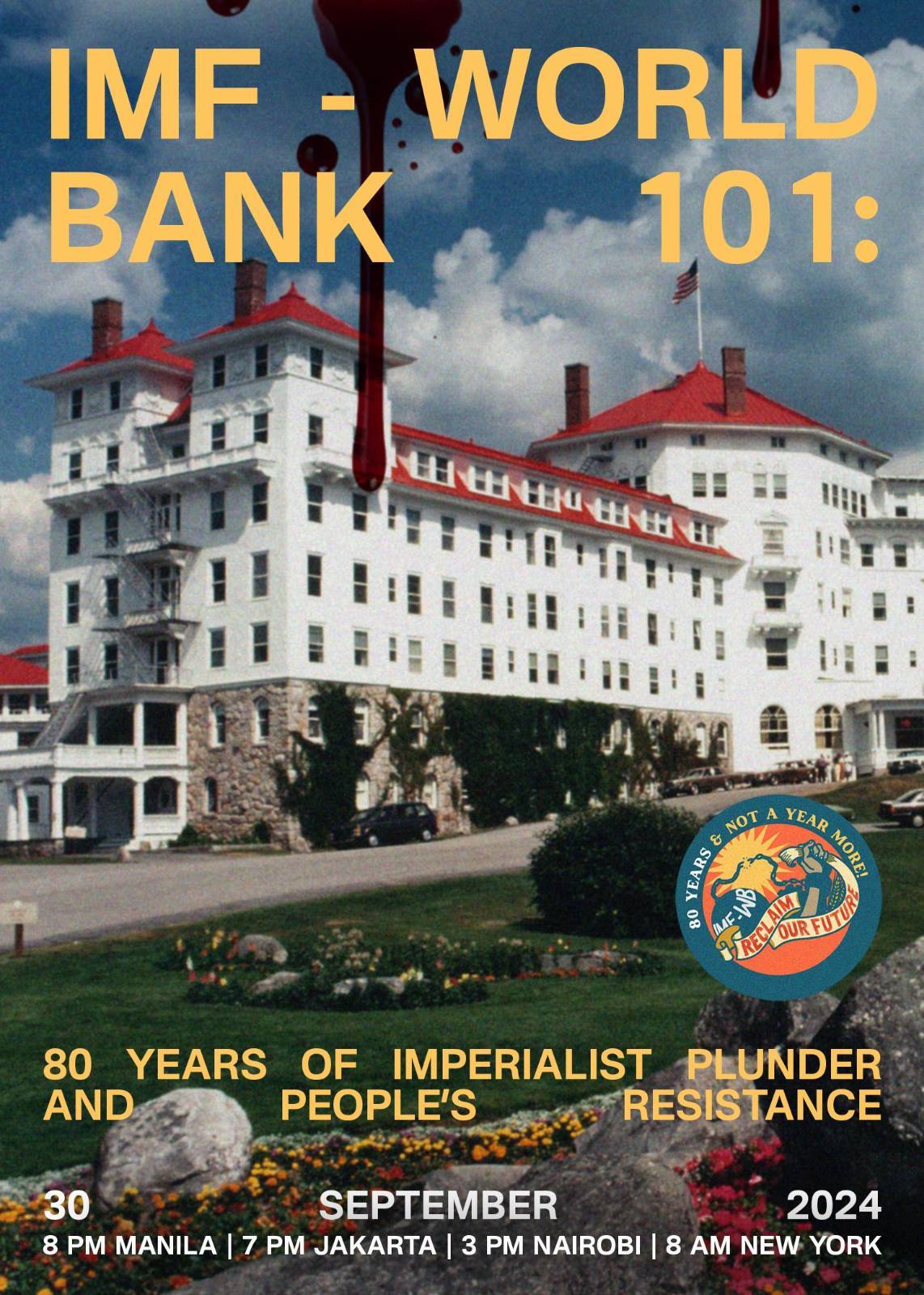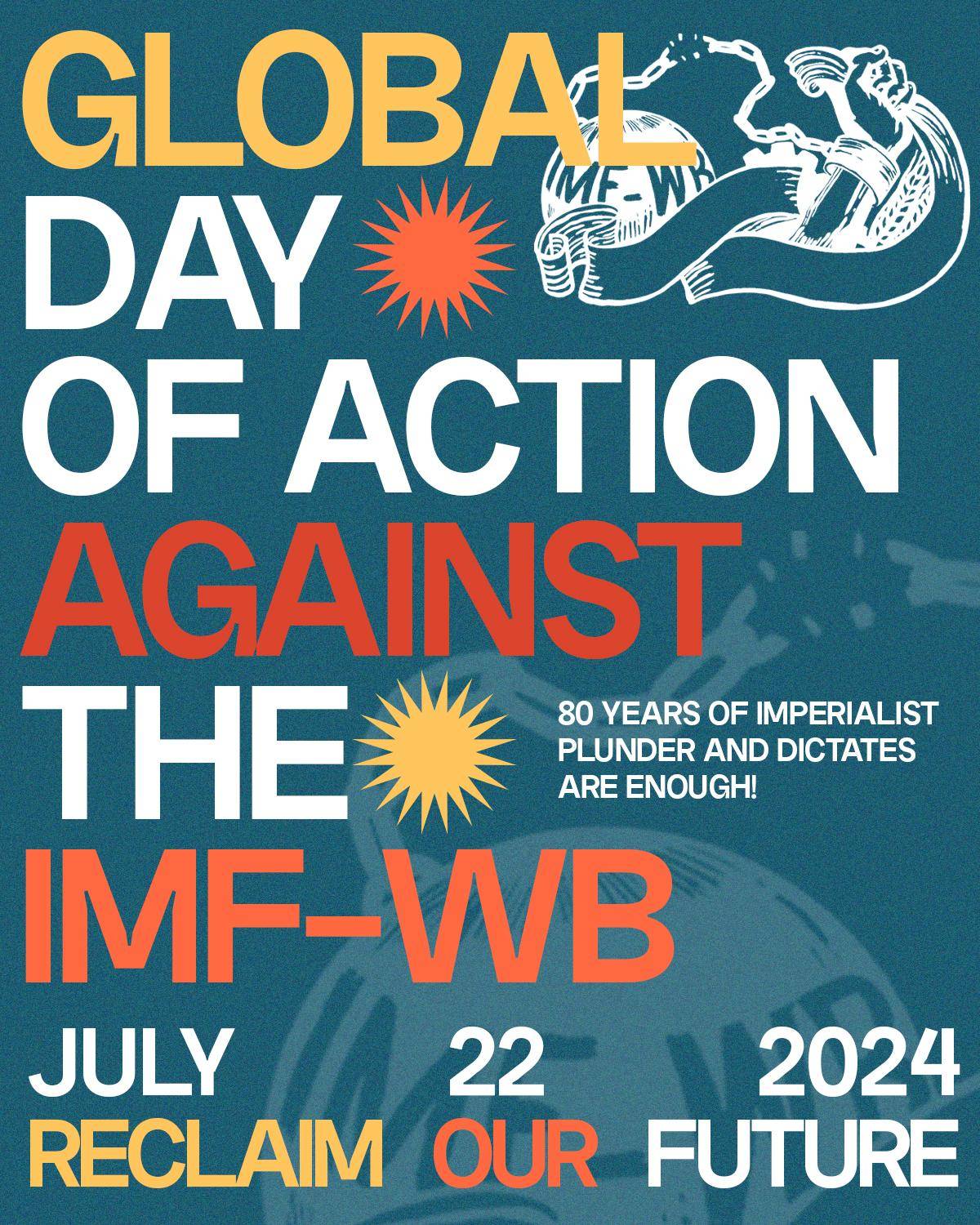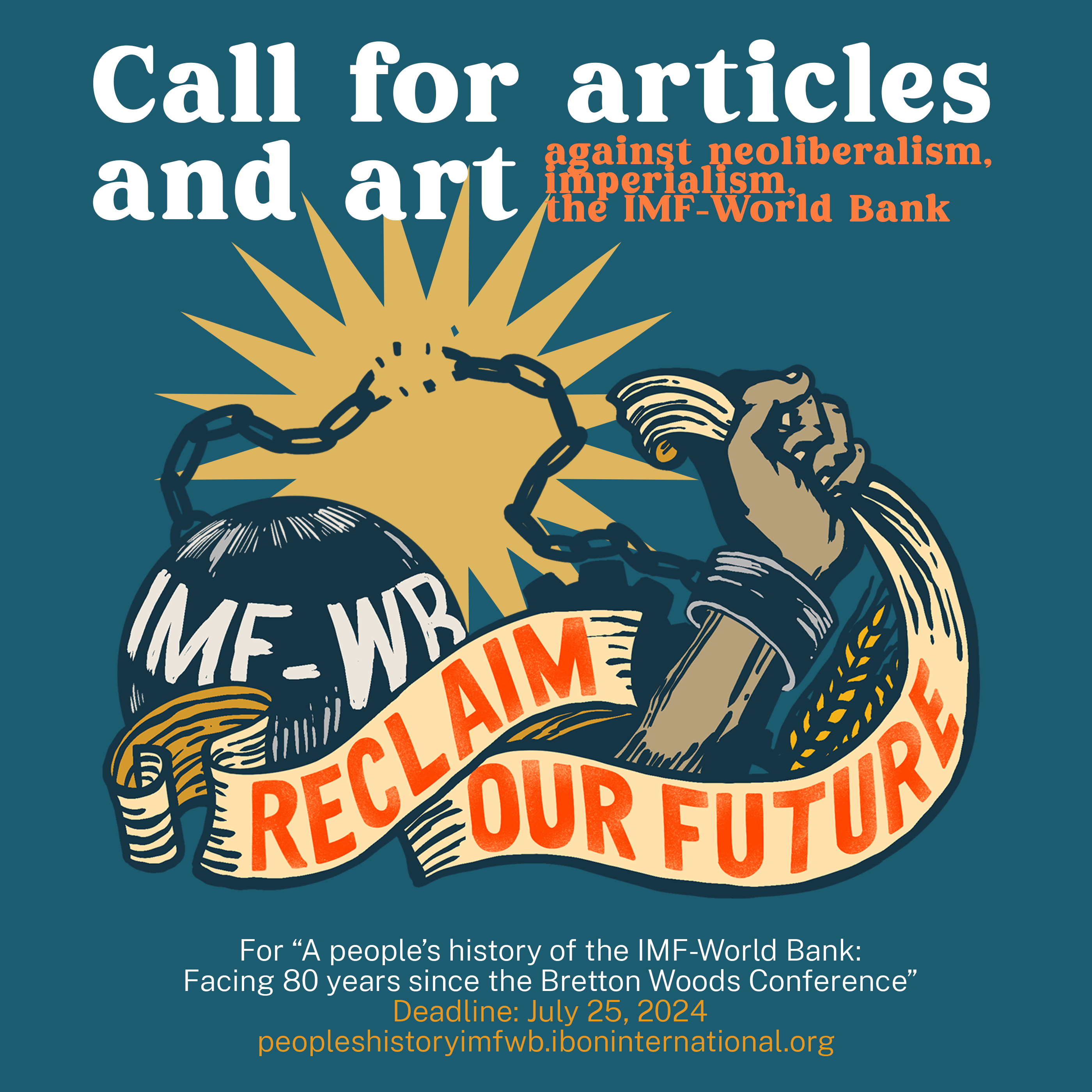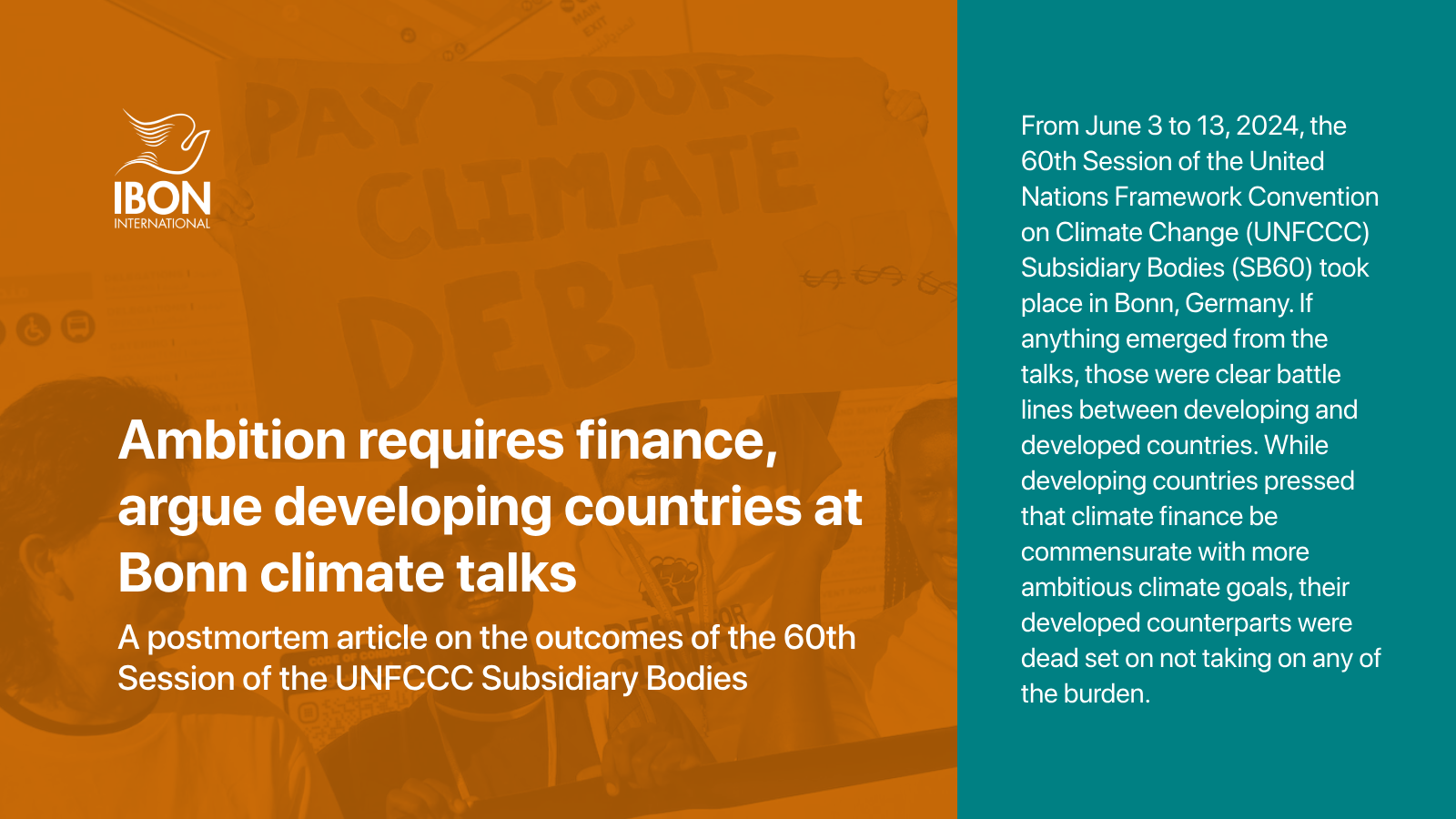If ADB were to live up to its claim as the Asia and the Pacific’s climate bank, it should not push loans on climate vulnerable countries already in debt distress. Instead, it should give climate finance as grants so that climate vulnerable countries do not have to go into more debt.
May 4, 2023 (Incheon) – The 56th Annual Meeting of the Asian Development Bank is happening from May 2 to 5 at Songdo Convensia, in Incheon, Korea – the first onsite annual meeting of the Bank since the COVID-19 pandemic. All eyes are on the Bank as it unveils new initiatives and plans to ensure that its financial flows are aligned with the goal of limiting global warming below 1.5 degrees Celsius. However, civil society and peoples’ movements are sounding the alarm against the Bank’s plans that can potentially aggravate the harm already faced by frontline communities.
At an official side event today, the Bank officially unveiled its flagship initiative Innovative Finance Facility for Climate in Asia and the Pacific or IF-CAP. IF-CAP is a multi-donor financing facility that will provide guarantees for parts of the Bank’s sovereign portfolios to enable it to free up capital and increase loans for climate investments.
Climate loans, however, are neither new nor an innovative feat for the Bank. Claimed climate finance mobilised by the Bank between 2013 to 2020 were mostly in the form of loans. In 2022, about 95% of the Bank’s climate finance were loans (a significant part of which were non-concessional) while only less than 3% were grants.
Civil society and peoples’ movements have long been against counting loans as climate finance for a number of reasons. Current rules and practice for reporting climate finance allow for reporting of loans and other non-grant instruments at face value rather than the actual amount being given away. This means that contributors take the credit for providing climate finance that poor countries have to pay back, and in the case of loans through ADB, on harder terms.
Moreover, the finance supposed to lift communities and peoples disproportionately impacted by a climate crisis they did not cause is further crippling their ability to cope with the next shock and aggravating their poverty. Most climate-vulnerable countries’ revenues are spent on debt servicing, which takes away from public spending for health, education, social protection, and other services that countries should be investing in more amid rising climate catastrophes and disasters. And with the rising interest rates due to the inflationary crisis, debt servicing will become even costlier for climate vulnerable countries, driving them further into debt trap.
Climate loans are neither new nor an innovative feat for the ADB. Claimed climate finance mobilised by the Bank between 2013 to 2020 were mostly in the form of loans. In 2022, about 95% of the Bank’s climate finance were loans while only less than 3% were grants.
While IF-CAP has indicated a commitment towards both adaptation and mitigation actions, its financing instrument of choice will further build up the systemic barriers faced by adaptation action given how providers are in the lookout for payback of their investment. Unlike mitigation, investment in adaptation does not provide immediate economic returns and requires prioritisation of grant funding.
From the lens of equity and climate justice, developed countries should recognise their responsibility for their historical and present role in fuelling the climate crisis, and pay the climate debt they owe to developing countries. Climate loans reverse this obligatory relation by making climate-vulnerable countries pay for wealthy polluting countries’ climate debt.
If ADB were to live up to its claim as the Asia and the Pacific’s climate bank, it should not push loans on climate-vulnerable countries already in debt distress. Instead, it should give climate finance as grants so that climate vulnerable countries do not have to go into more debt. Furthermore, the ADB, along with other international financial institutions, must provide debt cancellation to free up resources to invest in climate adaptation projects that are aligned with democratically-owned development priorities and human rights, and that genuinely address the impacts of climate change on frontline communities. #


